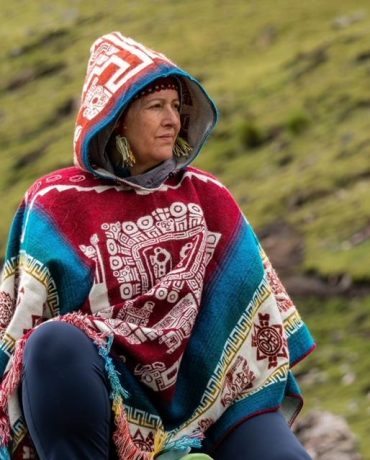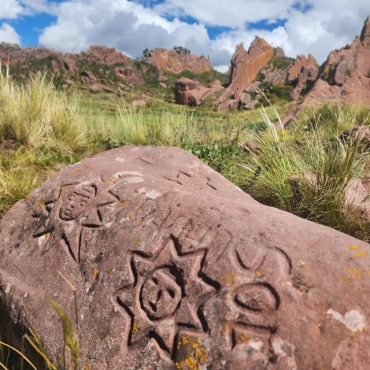SHAMANISM
What is Shamanism?
Shamanism dates back some 20,000 years and was practiced in every ancient culture around the world. Shamanism is a branch of animism, our oldest spiritual practice. For tens (maybe even hundreds) of thousands of years it is how our indigenous ancestors lived and interacted with the world around them.
Our animist ancestors experienced the world around them as being alive and conscious. Animism helped us live in right-relationship with the world around us, respectfully and in communication with the other-than-human. In forgetting, we lost that experience of interconnectedness, and lost our way. Coming back to animism can heal the sense of separation, isolation and loss that is so many people feel in their modern, present-day lives.
Without faith in a particular god, but rather based on animism, the belief that everything is living and has a spirit. Shamanism is a way of life, working within and with our environment for the highest good.
As well as experiencing the world in an animist way, shamans and shamanic practitioners have the ability to, at will, enter an altered state of consciousness, leave their bodies and travel to the shamanic realms where they can communicate with the other-than-human. This is known as ‘shamanic journeying’. In doing so, they can ask for healing, for themselves or for others.
The term "shaman" has been adapted from the Tungus people of Siberia meaning spiritual healer, or "one who sees in the dark", or “with the other eye”, ie, through the portal of the heart.
Shamanism has been defined by some as a practice which “one communicates with spirits in an altered state of consciousness.” I really resonate with this definition, as the practice of shamanism in different cultures is unique to each region. The language and specific practices may differ; however the basic concepts are quite similar. Being a 3rd generation Wiccan, Shamanism has allowed a different dimension to my spirit and journey work.
This is often achieved through means of trance, meditation, music, dance, singing or chanting.
The role of the shaman can also involve being a healer, a counselor, community leader, a teacher, a guide or mystic.
What Can Therapeutic Shamanism Be Useful For?
As well as used for personal and spiritual development, Therapeutic Shamanism can be for many of the things that plague us in modern-day life including: anxiety, addictions, bereavement issues, depression, dissociation, emotional problems, lack of confidence, low self-esteem, post-traumatic stress disorder (PTSD), relationship problems, self-destructive patterns, stress, and more.
A shamanic healing works to align you with your purpose, your true, personal source of power and drive, increasing energy flow, health and vitality to every cell of your body.
Bringing confidence and clarity, it works to sweep away any blocks that stand between you and your true self.
I have trained with a whole host of top spacialists and I pride myself as someone who always is learning from others. To learn more about me: Read more about me under the More Tab.
It is time to get connected, feel more alive, capable and empowered.







